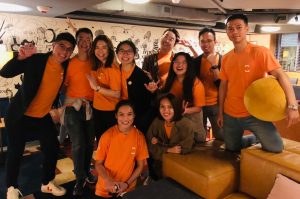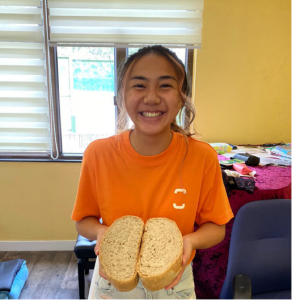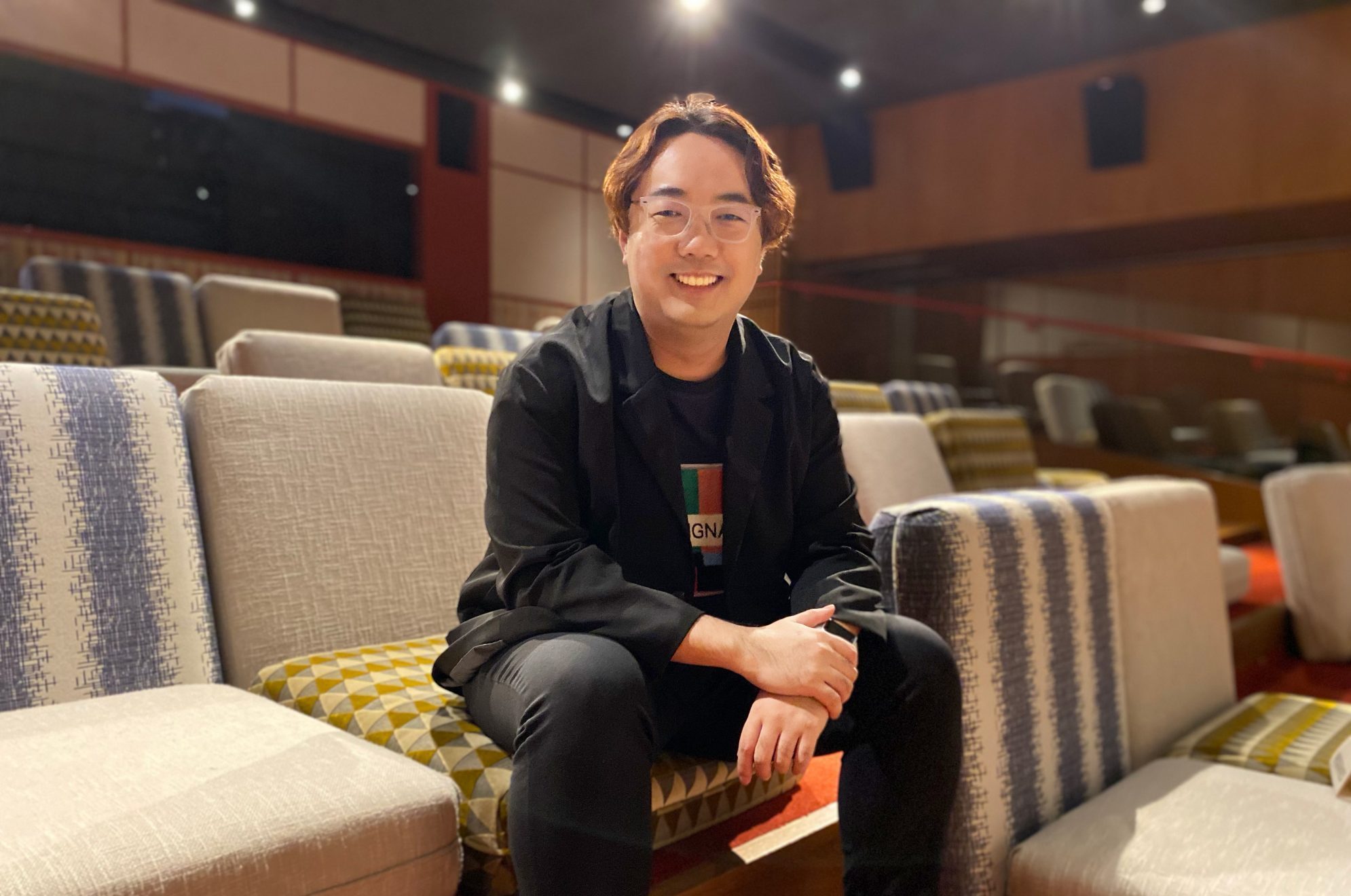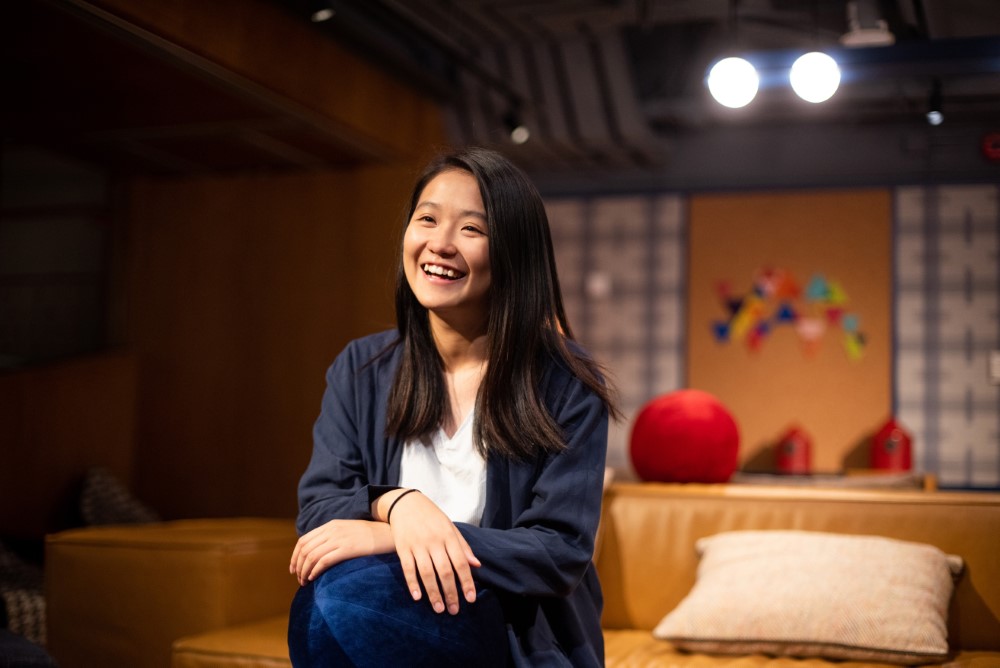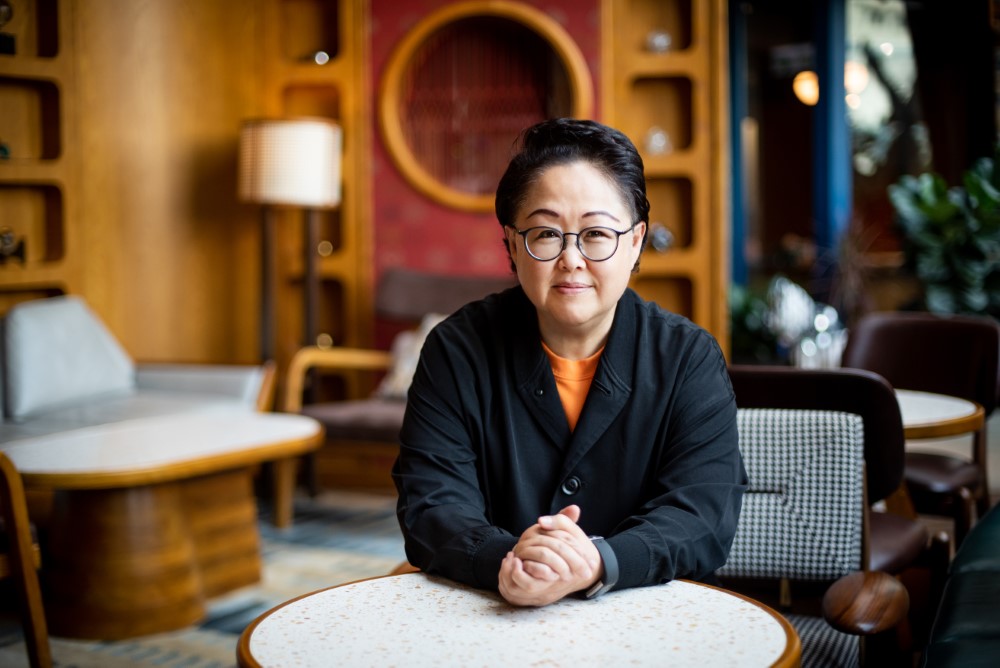Going Back to the Heart of the Matter
Last week, Good Lab caught up with Kim, the programme in charge of the Tuen Mun District Council Yan Oi Tong Youth Space (“Youth Space”) , and their colleagues Wing, Miles and Kaylie. They’ve just completed 4 years of the Youth Space programme, which aims to inspire young persons in Tuen Mun to be social innovators in their community.
The first cohort launched in June 2017 in a newly renovated youth Social Innovation Centre run by Yan Oi Tong in Tuen Mun. Having completed 7 cohorts now, 400 people have gone through the training. 40 teams were formed, and all 40 teams received between $10K to $50K to test and turn their ideas into reality.
As a strategic and training partner with Youth Space on this project, Good Lab takes a moment to catch up with them and reflect on the last three years.
Kelvin (Good Lab): Back in 2017, when it first started, we were all white rats in the lab. As far as we were aware, nobody had done something like this, a local community social innovation funding scheme. What were your initial concerns at the start?
Kim: My biggest concern was that the youth would not engage. From what I knew about social innovation in Hong Kong, it would be too focused on making sustainable businesses. As a social worker, this term of social innovation was very foreign and my instincts told me to be careful, it was too commercial.

Kim: We are more familiar with counselling on youth’s personal and emotional problems. At the same time, I also heard that social innovation could also be about the community. What we wanted was an increase in social awareness and community engagement. We wanted to bring the community and its citizens together, and less for it to be about individuals and their business ideas. Could we do this? With a new team, a new centre and a new program, it was a scary step to take!
Kelvin: Good Lab was your training partner at the start in social innovation and design thinking. We were a bit nervous as well, as we were doing this for the first time as well. What worked and what didn’t work well in our collaboration?
Kim: Well, we know Good Lab has a lot of social innovation experience. After the initial trainings, the concepts were great but too advanced for some youth to understand.
Miles: I now work as staff at Youth Space but came to know the programme when I joined the second cohort as a participant. The PowerPoint slides shown and speakers’ sharing were mainly in English, which might have been unfair to those who are not good at English. It didn’t feel connected to the more practical community experience.
Wing: Yes, that was also my worry. Could we be ‘down to earth’ in our teaching in the community? Could we connect with the participants? Good Lab was teaching social innovation but at the same time didn’t know much about the local community.
Kelvin: Sorry, my bad. You know it’s an open secret. I can’t read Chinese. I’m sure after I left as a trainer, things got a lot better! It’s a good reminder, always approach it from the perspective of the audience!
Next question: What’s been the biggest change in the last four years?
Kim: As you know, many things have happened in Hong Kong since 2017. It was hard before. Now it’s even harder. There is a more inherent distrust of social workers from the 2019 protest movement. They don’t want to get involved with you. Many young people, if they wanted to do something, would rather do it themselves and not seek ‘support’. Thus, we needed to emphasize that we, as social workers, are not an authoritative figure. We are there to walk together with them on a journey of self and community discovery. It’s not about ideas, projects and getting funding. We needed to show that we care for them as real people, not targets or beneficiaries for a report, which many times we lose sight of. Youth are feeling more powerless and hopeless. We had to shift a lot of our attention at the start of the program not to ‘WHAT TO DO’, but ‘WHY BOTHER AT ALL’? It actually got quite philosophical, and we discovered that the ‘WHY’ was the most important instead of the ‘WHAT’.
We’re not here to provide a service. They’re not a beneficiary. We’re just companions walking together. Our team listens a lot. We are in this fellowship together.
Kelvin: You talked about hope, and that many people are losing hope. How do you stay motivated? Especially as you’ve been leading the project for 4 years now.
Kim: I am not burned out, actually, I am fired up. I see that the young people, through our programme, have found hope in their community. In the shop owners, aunties and uncles who have lived there for 20 years – they have developed a deeper appreciation of their community in spirit, rather than the materialistic things that drive our consumerist society. They also see that the local community is something worth striving for, and that they can make a practical difference. I keep charged up because I go by the motto: suffer together, go together. We’re not here to provide a service. They’re not a beneficiary. We’re just companions walking together. Our team listens a lot. We are in this fellowship together. Together, they’ve also helped me rediscover the important values and beliefs of a social worker in the community and how social innovation can be a way to achieve this.
Kaylie: Yes, through this project, I’m always reminded that social workers and young people are part of the community, and that we’re to walk forward, hand in hand, instead of having some sort of benefactor/beneficiary relationship.
Miles: Yes. When I joined the programme I really felt the team cared for me as an individual, not as a number or statistic. I’ve been part of numerous Hong Kong social innovation competitions before. I felt I was a number, a statistic. Everything was about your pitch deck and everything was about competition and getting the funding. At Youth Space, I felt that they cared more about me than the project. It was strange, but it was comforting. Coincidentally, joining this project was my first time ever stepping into a youth centre in my life. That is also why after being a participant, I decided to apply to work at Youth Space and walk with the young people myself, and that’s why I’m here now!
Wing: Absolutely. I really enjoyed connecting with the youth. I started off as the Good Lab connector, providing partnership support for the programme. Now I have changed jobs and switched over to the Youth Space team, because I wanted that closer relationship with the youth, which is my passion.
Kelvin: I think these are great insights. As you know, we provided that training. We were ‘in and out’ and could not spend that amount of time with the participants walking with them on the journey. I remember when I literally biked in, gave the training and biked out. Our time was so limited as trainers. You guys on the ground were so important and I’m so happy to see the fruit of it.
Kim: Yes, it’s fruitful and satisfying. We put in a lot of overtime, not thinking about projects and how it will work, but listening and caring for the individuals. It started off about the project and ideas, but we spent a lot of time just hanging out and talking to them about life from a more holistic perspective. It’s with this that you gain their trust. Sometimes, they come in talking about the project, but then we end up talking about their recent challenges in their romantic relationships. Far from getting off topic, this is exactly where we wanted the programme to go. When you talk about relationship stuff, that is when you know you’ve got a trusting relationship with them.

Kelvin: I really see that YouthSpace and what you’ve done here is something special. Looking back, what were some key factors that made your project achieve its impact?
Kim: There were a variety of factors. We were quite fortunate that the funding meant that Youth Space was very independent from the rest of Yan Oi Tong’s services. Thus, we had a certain amount of freedom. We said that this was an ‘experiment’ and thus not bound to the traditional rules and procedures. For example, we had our own Facebook page and design/communication team. In the management guru’s Peter Druckers’ terms, when we had to put up social media posts, we knew our customer was the community. You know, many times, that’s not what social media posts are about. They’re rather written for senior management or funders – to fulfil funding requirements. We are relatively more flexible. Also having a totally new team and location meant that we had few existing boundaries. We could experiment. That kind of liberty and sense of ownership at the start of a new programme is really important.
Kelvin: Did Good Lab have anything to do with that?
Kim: Maybe a little. However, we’ve got Wing here now from your team. We’re totally ok without you guys now. Joking! One person we would really like to mention here, is our boss, he was totally on board with the vision and mission of this project and supportive in going on this experimental journey.
Kelvin: You mean, that from top to bottom, your team was unified in your vision and mission?
Kim: Yep.
Kelvin: You know, it may seem like a matter of fact insight, but you’ll be surprised how many times when new projects or initiatives take off, different persons on the team have different expectations, missions and values. This leads to all sorts of problems later on. You guys are really amazing to have that.
Kim: Yes, we were very fortunate.
Kelvin: Throughout the 4 years, what do you see as the biggest change?
Miles: I think one very useful thing is that Yan Oi Tong has a youth service committee . They are made up of Dream Crafters and Tuen Mun Youth Self-challenge Awardees. They give great insights in how we can improve the programme, as they are the users! We got lots of feedback and strived to be better. One change that had the most impact was that at the start, it was all about ‘getting the $50K’ start-up fund to test their one year project. We changed that in the last cohort so it was easier for teams to get a $10K pilot fund to test their prototype for 4 months, which was then followed by a $40K growth fund. Having those two tiers seemed to help the teams a lot to understand whether the project idea/ team is feasible.
Kim: In terms of the participants, we used to get lots of outsiders applying. Now it’s much more Tuen Mun-focused. Also, we’ve seen a change from providing knowledge for start-up to helping them answer the question of Why. It’s like that book Start with Why, by Simon Sinek. Why be a social innovator? Why start a project in the community? A lot of our focus, because society has changed, is now on the ‘WHY’ instead of ‘WHAT’.
Kaylie: On a more practical note, lots of our participants are holding down full time jobs, working on weekends as well, so it’s crucial we constantly evaluate and modify our approach to support them if they can’t spend time here at the centre but do have that passion.
Kelvin: Anything you would have done differently now?
Kim: I would say no. We walked with them. Suffered with them. Overcame challenges with them. If we didn’t do that, we would not be here. It’s not about what we could have done better to avoid challenges; it’s about going through the challenges together and sticking with them, and they’ll stick with us.
These days, we really need to help them understand the ‘WHY’ when youth morale is at an all-time low. We need to help them rediscover hope in the community.
Kelvin: What do you see as the biggest challenge with youth centres in the future?
Kim: You know, the youth population in Hong Kong has not decreased, yet attendance in NGO services for youth is going down. NGOs have been a lot about ‘WHAT’. Providing classes, entertainment, vocational skills–there is a limit to that. The core work of social workers is to interact with the young people and above it all, they need to answer ‘WHY’? Though in a way, that’s not a question that sometimes we as social workers are equipped to answer. The young people have better chances to find that out with their own experience.
Kelvin: What’s a nice tag line you would like to create for Youth Space now that you’ve done it for 4 years?

Kim: Ummm…. Citizens coming together to build a community. The idea behind this is that we’re just one part of a community. We need to integrate into the community. Less competitive, more together. Before, we did a lot of services and projects from our centres, but we didn’t have a connection with the community. Youth Space really challenged my mindset on social services. Instead of a location to come to, I see more now what we do as a glue that can help bring the community together.
Kelvin: Is there any advice that you would give to people who want to do local social innovation funding projects like what you’ve done?
Kim: Absolutely. Walk with the youth, listen to them, and let the ideas come from the youth. Don’t guide them to tell them what works and what doesn’t. Often, we don’t even know. Let them try and find out for themselves, that is the only way for them to make it their own. This is the foundation that must be built. These days, we really need to help them understand the ‘WHY’ when youth morale is at an all-time low. We need to help them rediscover hope in the community.
Thank you to Kim and the team for their candid insights in the learnings from the Youth Space program. If you are running a similar program in Hong Kong, we would love to hear from you and learn about what works, what can be improved, and learn from each other.
Youth Space can be followed 青年夢工場 YOT.YouthSpace on Facebook or yot_youthspace on Instagram.























 Hands-on Experience
Hands-on Experience 

